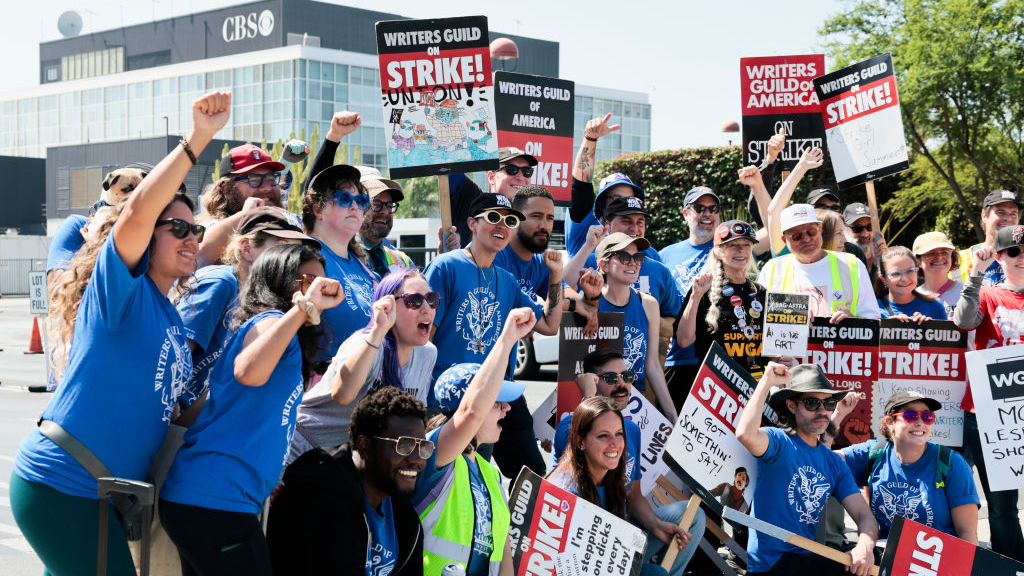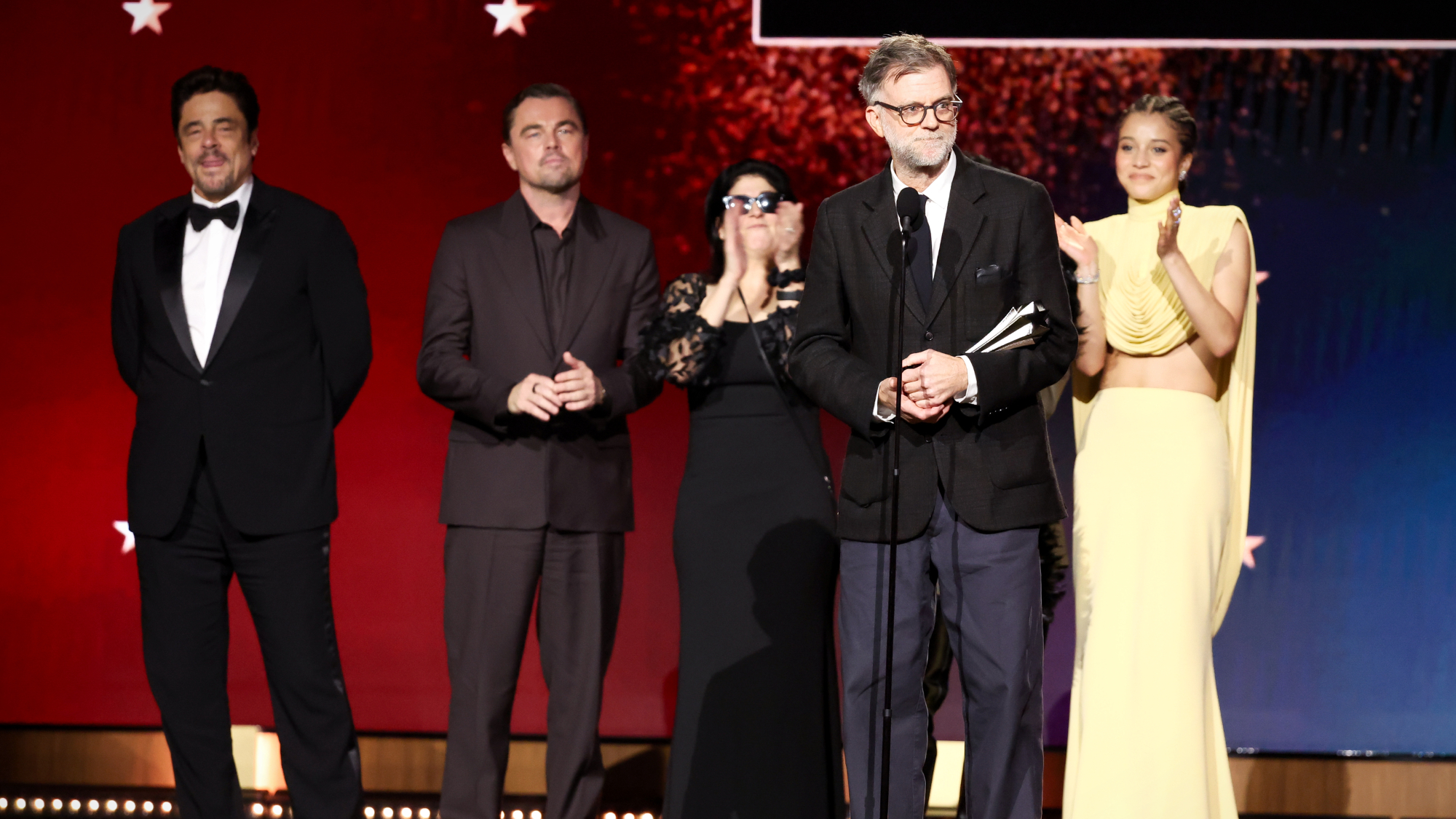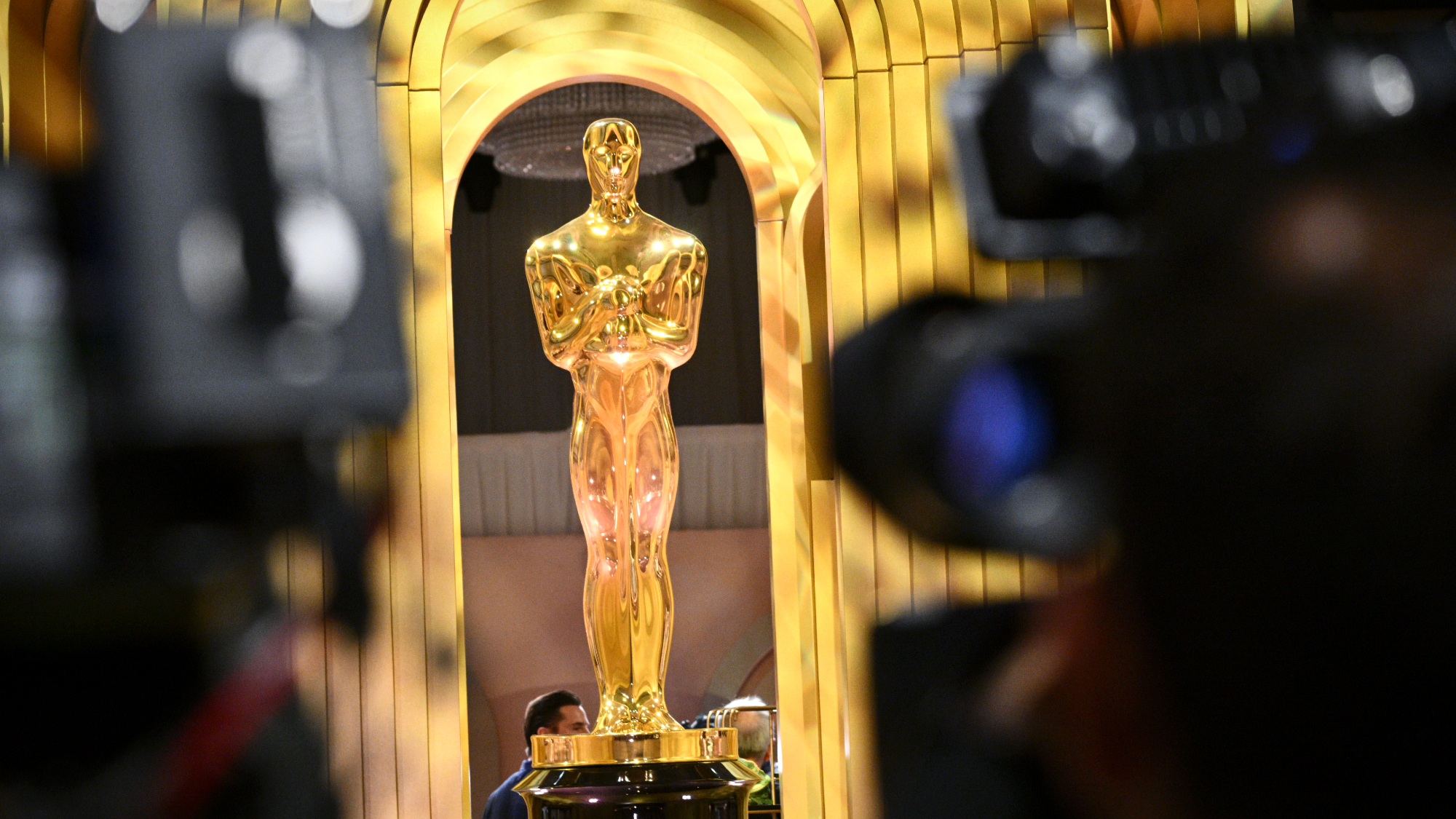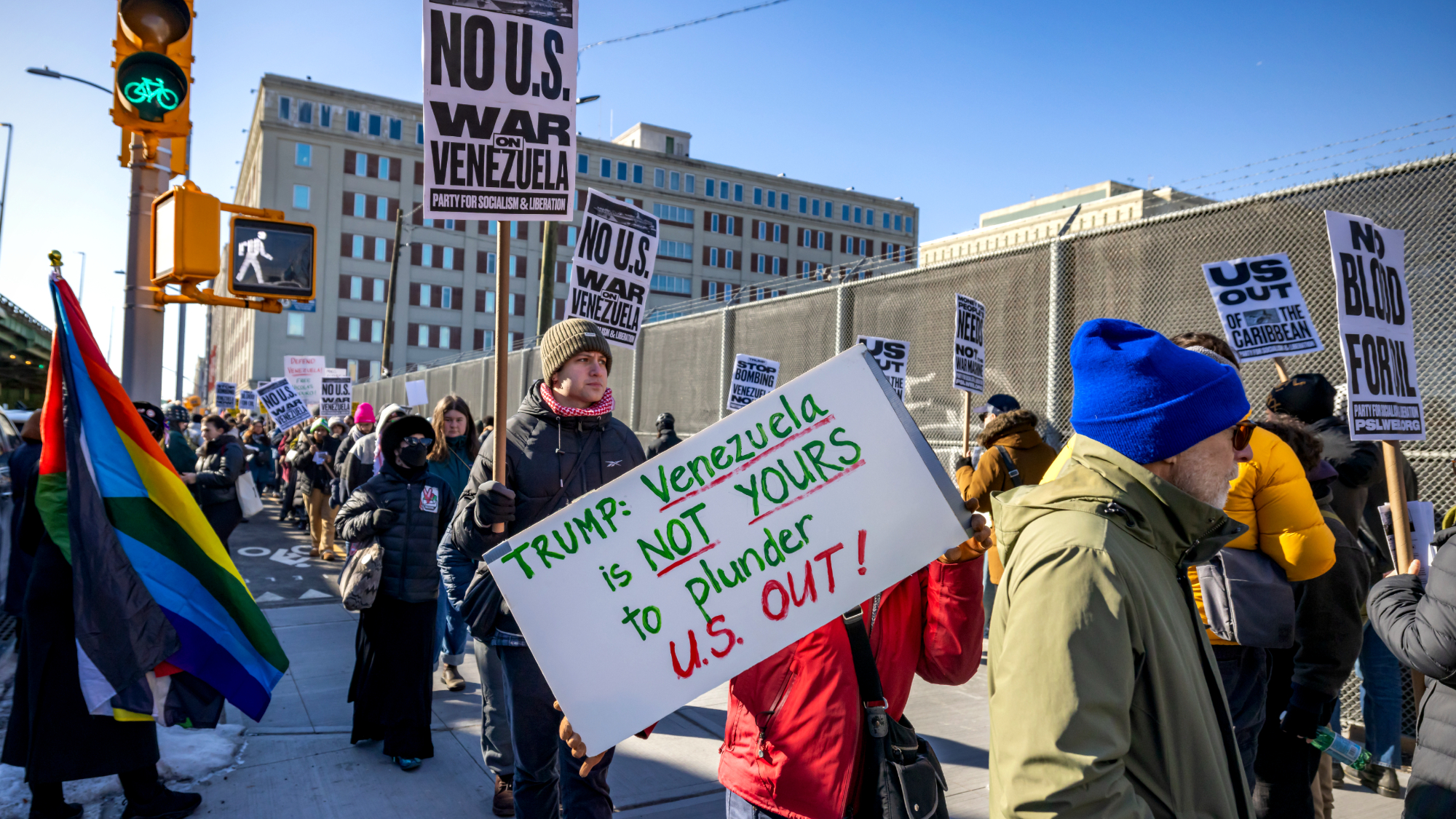Hollywood writers on the cusp of ending strike after reaching tentative agreement
Actors are still on strike, but the Writers Guild of America says it struck an 'exceptional' deal after 5 days of marathon talks


The Writers Guild of America and Hollywood studios announced Sunday night that they have reached a tentative agreement to end the 146-day writers strike. The terms of the three-year contract were not disclosed, but the WGA negotiators told the union's 11,500 striking members late Sunday that they "can say, with great pride, that this deal is exceptional — with meaningful gains and protections for writers in every sector of the membership."
The Screen Actors Guild-American Federation of Television and Radio Artists (SAG-AFTRA) — on strike since July 14 — and the Directors Guild of America congratulated the WGA on the tentative contract.
Lawyers for the WGA and the studios, represented by the Alliance of Motion Picture and Television Producers (AMPTP), will now finalize the language of the new contract. If the codified agreements are finished in time, the WGA's East Coast and West Coast boards will vote on the deal on Tuesday. The boards could also vote to end the strike, pending ratification by WGA members. Picketing was suspended Sunday. During the 2008 writers strike, guild members approved the contract two days after the WGA boards, per The Associated Press, and 90% of members voted yes.
The Week
Escape your echo chamber. Get the facts behind the news, plus analysis from multiple perspectives.

Sign up for The Week's Free Newsletters
From our morning news briefing to a weekly Good News Newsletter, get the best of The Week delivered directly to your inbox.
From our morning news briefing to a weekly Good News Newsletter, get the best of The Week delivered directly to your inbox.
Sunday's breakthrough followed five days of intensive talks between the WGA and AMPTP. The writers, on strike since May 2, were seeking better pay, minimum writing staffs on shows, compensation for successful streaming series, and guarantees against the use of artificial intelligence to create scripts. The final obstacle to a deal was the AI component, which the AMPTP originally balked at including in the contract talks, The New York Times reported.
Assuming the WGA members approve the deal, work will begin soon at talk shows and late night comedy shows, which were the first to go off the air after the strike. Late night TV is expected to resume in October, though it isn't clear if any actors could appear to talk about their projects due to the ongoing actors strike.
A free daily email with the biggest news stories of the day – and the best features from TheWeek.com
Peter has worked as a news and culture writer and editor at The Week since the site's launch in 2008. He covers politics, world affairs, religion and cultural currents. His journalism career began as a copy editor at a financial newswire and has included editorial positions at The New York Times Magazine, Facts on File, and Oregon State University.
-
 ‘One Battle After Another’ wins Critics Choice honors
‘One Battle After Another’ wins Critics Choice honorsSpeed Read Paul Thomas Anderson’s latest film, which stars Leonardo DiCaprio, won best picture at the 31st Critics Choice Awards
-
 The best alcohol-free alternatives for Dry January
The best alcohol-free alternatives for Dry JanuaryThe Week Recommends Whether emerging from a boozy Christmas, or seeking a change in 2026, here are some of the best non-alcoholic beers, wines and spirits to enjoy
-
 13 Gen Z workplace terms and phrases
13 Gen Z workplace terms and phrasesin depth From ‘quiet firing’ to ‘resenteeism,’ there are clues about why employers and employees in America are having such a sad time
-
 Let these comedians help you laugh your way through winter
Let these comedians help you laugh your way through winterThe Week Recommends Get some laughs from Nate Bargatze, Josh Johnson and more
-
 The 8 best drama movies of 2025
The 8 best drama movies of 2025the week recommends Nuclear war, dictatorship and the summer of 2020 highlight the most important and memorable films of 2025
-
 Critics’ choice: The year’s top 10 movies
Critics’ choice: The year’s top 10 moviesFeature ‘One Battle After Another’ and ‘It Was Just an Accident’ stand out
-
 The best music of 2025
The best music of 2025The Week Recommends These were some of the finest releases of the past year
-
 Oscars jump to YouTube after decades at ABC
Oscars jump to YouTube after decades at ABCSpeed Read The awards show will be broadcast worldwide on YouTube starting in 2029



